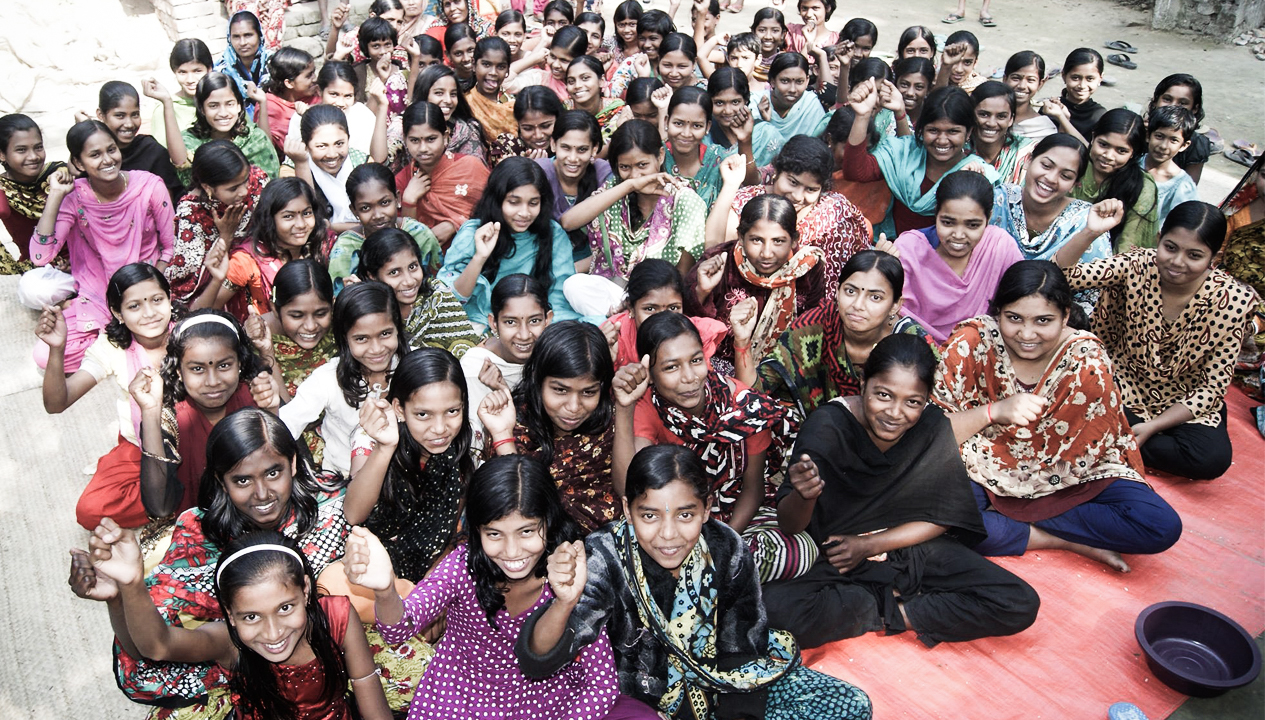Saeri Cho Dobson (Communication and New Media ’00) is a graphic designer, educator and social entrepreneur. Over the past 18 years as she pursued her artistic and typographic voice, Saeri embarked upon an introspective journey which reconnected to her cultural roots as she searched for a higher purpose for design. Her MFA from Art Center not only enabled her to teach, but also to find her passion: design that makes a difference in the world. As Cho-Dobson explored social causes that were meaningful to her, she uncovered stories of injustice that allowed her to focus the message of her artistic calling. Since the fundamental essence of any designer’s journey is to find the miminal space where form perfectly meets content, she decided to explore the art of visual storytelling through a variety of media, from sculpture, fashion & apparel, to gallery installations and typographic portraits. A consistent hallmark of her process has always been the perfect confluence of handcrafted mark making with manipulated digital imaging.
Currently, Saeri Cho Dobson is a tenured Associate Professor of graphic design at Loyola Marymount University. Her artistic pursuit of justice and moral responsibility to educate the whole person are hallmarks of her dynamic teaching pedagogy. In 2012, she founded BySaeRi, Inc. to tell stories of amazing human lives through her design and social typography. Saeri received a BFA in Communication Design from Parsons The New School for Design (Parsons School of Design) in New York. She graduated with a MFA from Art Center College of Design in 2000. Her experimental typography expands the boundaries between type as text and type as texture, and has been exhibited in galleries in New Zealand, South Korea, Mexico, Santa Monica and Los Angeles. Proceeds from her most recent work directly benefit Girls at Risk in Bangladesh. She deftly weaves another pressing social issue into a line of apparel through experimental typography that brings awareness to important issues through the innocuous pop-culture of everyday objects.
Encouraging Girls to Dream: Girls at Risk in Bangladesh
Project I: HOPE (2012 to current)
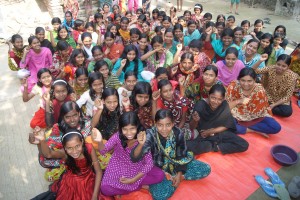 Design can raise awareness for social causes and indirectly help victims of injustice. But how can design make a direct difference? Can it really help save lives? This crucial challenge has become my most recent creative design endeavor and problem to solve. Specifically, how can my design help young girls in rural Bangladesh break out of traditional expectations and become role models for hope in environments better described as disaster? The most effective, long-term way to fight poverty around the world is to educate poor women. In predominantly Muslim Bangladesh, young Hindu girls born to brothel sex-workers are destined to endure a lifetime of exploitation. Known simply as ‘untouchables’ these girls are often sold by their own mothers back into the sex industry before they’re even teenagers.
Design can raise awareness for social causes and indirectly help victims of injustice. But how can design make a direct difference? Can it really help save lives? This crucial challenge has become my most recent creative design endeavor and problem to solve. Specifically, how can my design help young girls in rural Bangladesh break out of traditional expectations and become role models for hope in environments better described as disaster? The most effective, long-term way to fight poverty around the world is to educate poor women. In predominantly Muslim Bangladesh, young Hindu girls born to brothel sex-workers are destined to endure a lifetime of exploitation. Known simply as ‘untouchables’ these girls are often sold by their own mothers back into the sex industry before they’re even teenagers.
I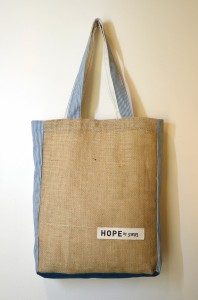 started the project Hope By SaeRi, because I wanted these girls to know hope always exists in even the most challenging situations. My company now creates hand made one-of-a-kind tote bags that lend themselves to a greater cause than simply holding a customer’s necessities. Each bag sold raises awareness and funds to support the plight of Bangladeshi girls, who not only face extreme poverty, but are expected to marry by the age of 13 to avoid becoming a burden to their families. This philanthropic aspect of the brand was inspired by my own personal journey to confront the outdated and often repressive traditional expectations of predominantly submissive female cultures. Women, and especially young girls in Asian cultures, are predisposed to accommodating oppressive men. After I broke from traditional Korean expectations, I realized how immensely difficult it is to fight alone. I’ve thus strived to establish a company that connects industry with humanity through the elegance of good design, and out of the belief that humanity deserves to have these critical issues brought through art into their conceptual frameworks.
started the project Hope By SaeRi, because I wanted these girls to know hope always exists in even the most challenging situations. My company now creates hand made one-of-a-kind tote bags that lend themselves to a greater cause than simply holding a customer’s necessities. Each bag sold raises awareness and funds to support the plight of Bangladeshi girls, who not only face extreme poverty, but are expected to marry by the age of 13 to avoid becoming a burden to their families. This philanthropic aspect of the brand was inspired by my own personal journey to confront the outdated and often repressive traditional expectations of predominantly submissive female cultures. Women, and especially young girls in Asian cultures, are predisposed to accommodating oppressive men. After I broke from traditional Korean expectations, I realized how immensely difficult it is to fight alone. I’ve thus strived to establish a company that connects industry with humanity through the elegance of good design, and out of the belief that humanity deserves to have these critical issues brought through art into their conceptual frameworks.
 Critically thinking about a culture’s ability to affect its own society’s behavior regarding issues like submissive behavior, contributes to a large part of the passion that fuels my artistic endeavors across a wide range of apparel. From Hope Totes to luxury leather fashion handbags, and wallets, each By SaeRi bag is a one of a kind, designed and made entirely in the USA. I handpick all the materials and oversee the production process.
Critically thinking about a culture’s ability to affect its own society’s behavior regarding issues like submissive behavior, contributes to a large part of the passion that fuels my artistic endeavors across a wide range of apparel. From Hope Totes to luxury leather fashion handbags, and wallets, each By SaeRi bag is a one of a kind, designed and made entirely in the USA. I handpick all the materials and oversee the production process.
Partnered with ‘Speak Up for the Poor,’ a 501(C)(3) non-profit organization in Pasadena and Bangladesh, we’re together raising funds to build education centers and dormitories for displaced young women as well as provide educational supplies for young girls-at-risk in Bangladesh. We started the education program with 21 young girls in 2010. Now we serve 526 girls in 18 villages, and will expand to Cambodia, India and Thailand within the next a few years.
Suffering in Silence No More
Project II: Silver Spouse Abuse (2011-2013)
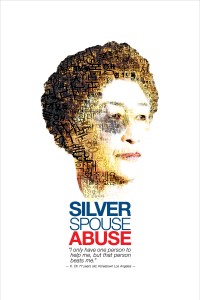 As the elderly age demographic continues to grow, social issues that previously only troubled younger relationships now begin to affect those of seniors. Poor, immigrant, women and non-English speakers are the most susceptible to the inevitable escalation and repeat patterns that typify domestic violence. In communities where green-card issues perpetually complicate matters, victims are even less likely to report brutality.
As the elderly age demographic continues to grow, social issues that previously only troubled younger relationships now begin to affect those of seniors. Poor, immigrant, women and non-English speakers are the most susceptible to the inevitable escalation and repeat patterns that typify domestic violence. In communities where green-card issues perpetually complicate matters, victims are even less likely to report brutality.
Silver Spouse Abuse is a portrait of elderly indignity. A story of Koreatown senior who suffered in silence, but brave enough to final speak up. Ms. Oh is 76 year-old who sustained unconscionable beatings from her abusive 85 years-old spouse for failing to perform reprehensible acts of servitude. She endured egregious violations of her basic human rights, for fear of jeopardizing her immigration status. My artwork features typographic bruises reveal the heinous actions of a violent spouse who threatened her with deportation. The poster displays Ms. Oh’s story within Los Angeles’ Koreatown community to bring awareness to his wrongdoing, and dissuade other seniors who see their own actions being portrayed.
The artwork I created ‘Silver Spouse Abuse,’ was subsequently exhibited at Oxnard ArtWalk in 2011 and ‘Ethics of Everyday Life 2012,’ at Space 599, Seoul National University gallery, Seoul, Korea. After the exhibition, I was invited me to join the board of Koreatown Multipurpose Senior Center, and help pursue a Green card for Ms. Oh. After 2 years of petitioning to VAWA (Violence Against Women Act), she was finally granted a Green card.
Exposing a Great American Nightmare
Project III: Seven Deadly Seams (2009-2010)
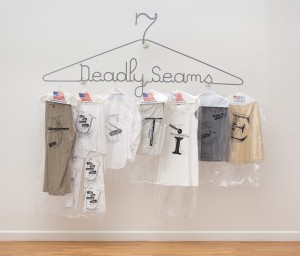 Inspired by a notorious lawsuit known as ‘The Great American Pants-Suit,’ this frivolous court case epitomizes a worrying and rapidly growing epidemic of immigrants being ‘taken to the cleaners.’ In 2007 a Korean family dry cleaning business was sued by a Washington D.C. administrative law judge to the sum of 67 million dollars, over a pair of $10 trousers.
Inspired by a notorious lawsuit known as ‘The Great American Pants-Suit,’ this frivolous court case epitomizes a worrying and rapidly growing epidemic of immigrants being ‘taken to the cleaners.’ In 2007 a Korean family dry cleaning business was sued by a Washington D.C. administrative law judge to the sum of 67 million dollars, over a pair of $10 trousers.
For every case that makes it to the courts, there are thousands settled beforehand by hard working yet fearful immigrants who are scammed, abused, injured, and oppressed in their modest attempt at the Great American Dream. In fact, there have been so many cases of alteration litigation and Haute Couture fraud upon unseasoned cleaners, that small-claims court moderation has now become customary in providing un-biased culpability analysis. Dry cleaners desperately seek some form of certification that exonerates them in an industry that puts them squarely at the center of the blame matrix. Customer complaints, verbal abuse and unreasonable expectations wear them threadbare. Ambulance-chasing employees exploit them for falsified workers’ comp claims. But perhaps the most difficult incidents to contest are those caused by unscrupulous clothing manufacturers who are the real villains responsible for most dry cleaner-ruined garments. Fake designer labels, poorly cut cloth, color-bleeding fabrics and generic garment tags with erroneous cleaning instructions, all point the finger back to the innocent dry cleaner. Even though the infamous pants-suit was finally dismissed, it did create a backlash through the dry cleaning industry that caused the words ‘Satisfaction Guaranteed’ to be systematically removed from shop windows, and relegated to signage artifacts of the past.
Catalyzed by this story of greed, my 3-dimensional typographic installation offers a multi–cultural expose of injustices–revealed through six more cautionary tales. Each one wrapped and hung dry-cleaner style from an eight foot, wire coat-hanger carefully bent to form the words ‘7 Deadly Seams.’ Following the first exhibition at 18th Street Highways Performance Space & Gallery in Santa Monica, I was invited to exhibit ‘7 Deadly Seams’ on five more occasions, in five new cities in 3 different countries. During opening receptions I gave away garments to gallery guests, each silkscreened with a typographic design identical to those hanging. The stories of injustice were given new life as the words came off the walls and into the conversation of visitors. Observers now became participants who recounted the stories of the garments they wore. Clothing became a conversation-starter between strangers, further spreading awareness and blurring the distinction between art, design and fashion.
————————————————————————————————————————————————————————————–
Design can be a platform to speak about a social issue. It can become a channel, a voice and a dialect that allows your audience to hear. My passion for good design will continue as long as there are amazing human stories to be told. I am a designer, typographer, visual communicator, educator, artist, and social entrepreneur. I am the sum of my experiences. This is me courageously challenging myself to bravely take risks. I appreciate my education and cultural background. But without the support and encouragement of my husband and three boys, I couldn’t be who I am today.
For more information:
website: www.bysaeri.com
email: saeri@bysaeri.com
